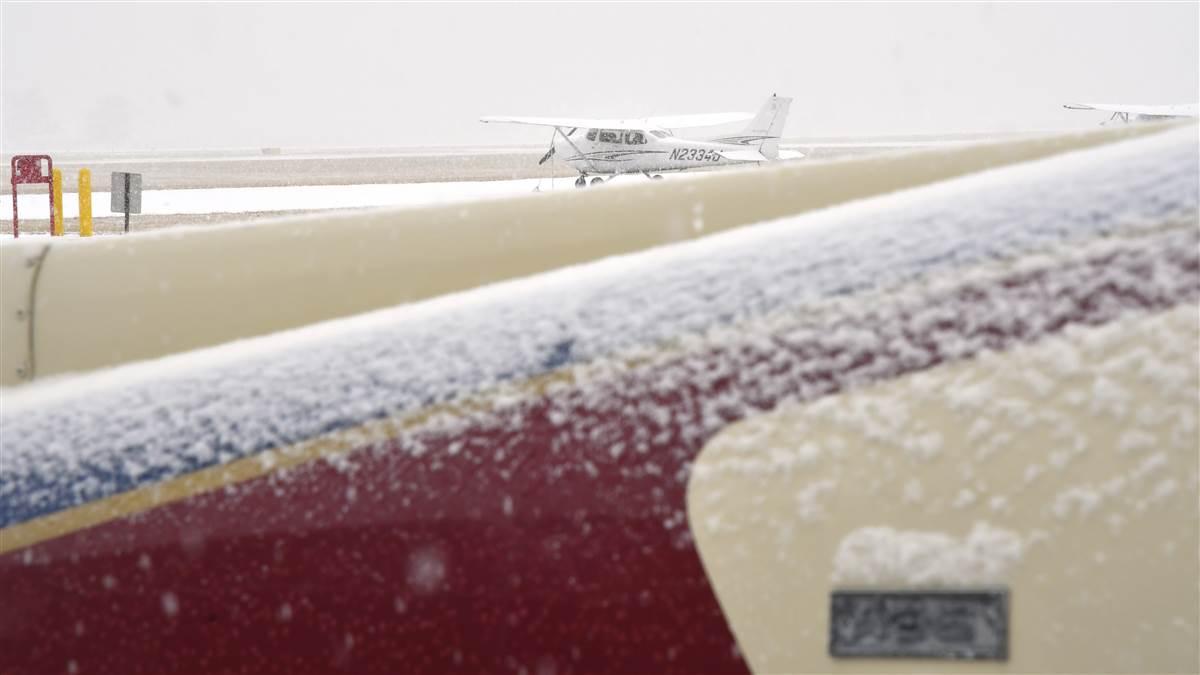Accident Analysis: Frost-free flight
Some of the most dangerous airframe icing happens before takeoff

Blame that on space constraints. Since frost usually forms on the ground, it doesn’t seem as intimidating as ice accumulating while airborne—but its effects in degrading aircraft performance can be just as sinister, and every machine parked on the ramp when temperatures near the freezing point is potentially exposed to them. Thank the fact that most aircraft don’t fly on any given day for frost contamination not contributing more conspicuously to the accident record. As it is, about one-quarter of all icing accidents in airplanes are caused by the disruptive effects of frost (or snow) that should have been removed before takeoff.
Unlike in-flight icing, frost doesn’t change the shape of an airfoil, but its granular surface disrupts the smooth flow of air assumed by both aircraft designers and certification standards. Remember your introduction to aviation meteorology? It included the FAA’s admonition that: “Roughness, similar to medium sandpaper, on the wing’s leading edge and upper surface can reduce maximum lift by as much as 30 percent and increase drag by 40 percent.” This can leave even a lightly loaded airplane that would otherwise have an ample performance margin unable to climb out of ground effect—a fact that may not become apparent to the pilot in time to abort.
A Grumman American AA–1 Yankee crashed less than 3 miles from the departure end of the runway after its solo pilot neglected to defrost its exterior. His departure path was toward a line of hills the airplane normally cleared without difficulty. A Cessna 182 floatplane taking off from a lake with two on board couldn’t get into the air before reaching the far shore, sliding “along a gravel spillway for several hundred feet before nosing over.” The pilot acknowledged having done a less-than-perfect job of clearing frost from the wing’s upper surface, an admittedly difficult task on a high-wing airplane sitting even higher on straight floats.
It’s not necessary for the entire aircraft—or even the entire wing—to be contaminated for performance to take a significant hit. A TBM-700 that attempted to take off in a snowstorm was brought down by lumpy ice that only formed over the fuel tanks—the cold airplane had been given fuel from a truck kept in a heated hangar, causing snow that otherwise would have blown off the skin to melt and then refreeze. And while cleaning the wings but not the fuselage recovers the lost lift, increased drag still saps performance and increases stall speeds throughout the flight envelope.
In a perfect world, every aircraft would come with its own hangar. In the one we inhabit, parts and mechanics’ time are expensive—and deicing, while costly, can still be cheaper than trying to do without.



